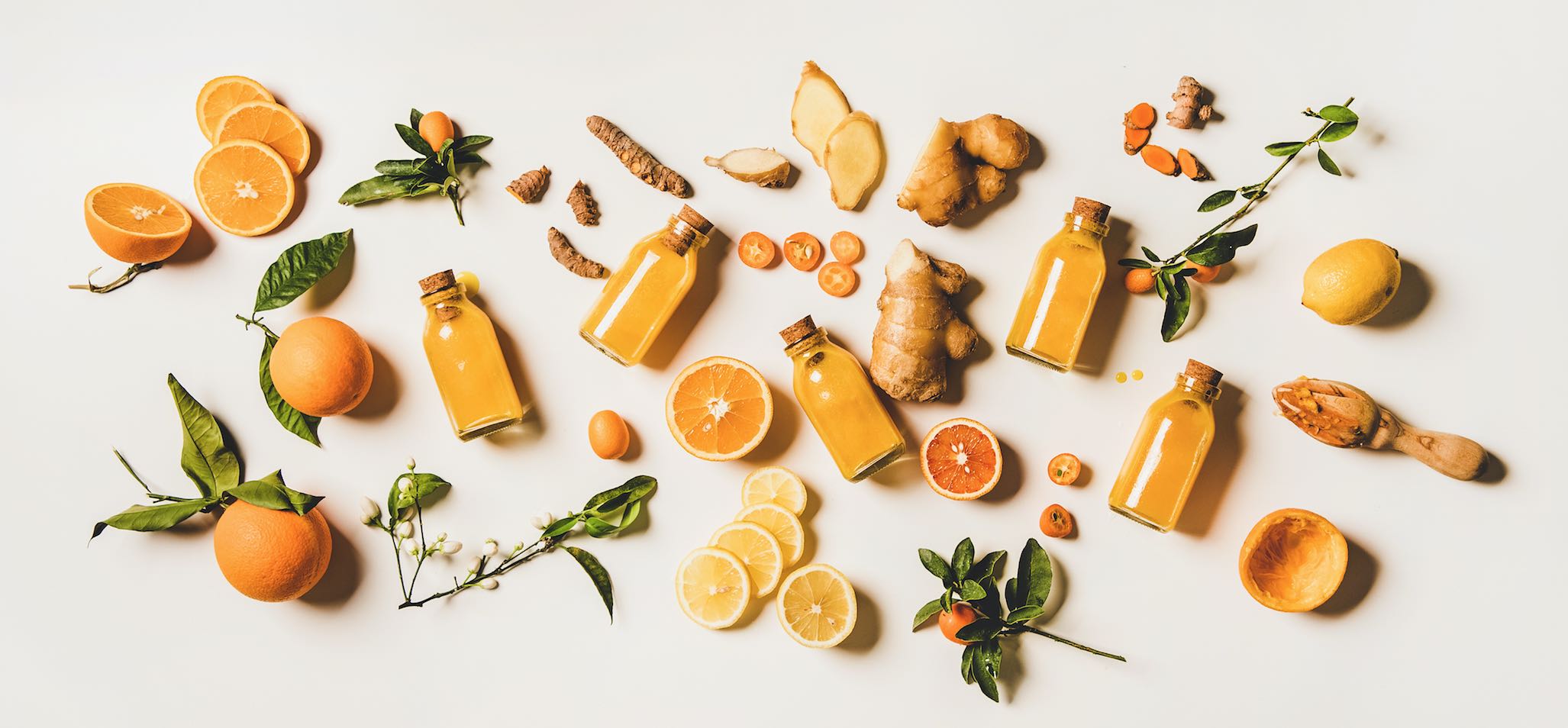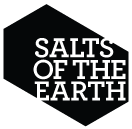
09 Sep How you can ease hay fever symptoms with your diet
It’s hard to believe it’s springtime already. 2020 may be a year we’d all like to forget, but what we can’t forget is hay fever season and making sure we take care of ourselves and our hay fever symptoms, so we can all enjoy some time outdoors after being in our home for so long.
Along with regular salt therapy to help fight off sneezes, sniffles and sore eyes, there are also a number of foods, nutrients and herbs that are extremely beneficial for alleviating hay fever symptoms.
Turmeric: Commonly used in Middle Eastern and Asian cuisine, this spice contains curcumin, a phytochemical with powerful antioxidant and anti-inflammatory actions that are comparable to steroidal and non steroidal drugs. Curcumin has been found to have anti-allergy properties, which inhibit the release of histamine.
Kiwifruit: Kiwifruit contains more vitamin C, gram for gram, than oranges (especially the yellow kiwifruit variety). Vitamin C is an effective natural anti-histamine and anti-inflammatory, and it also supports healthy immune function and protects from secondary respiratory conditions. Kiwi fruit also contain bioflavonoids, antioxidants that complement vitamin C’s effect in the body and are potent antihistamines and anti-inflammatories.
Other good food sources of vitamin C and bioflavonoids include citrus fruits, strawberries, red capsicums, broccoli, papaya, guava and mango.
Pineapple: Pineapple is a rich source of bromelain, an enzyme with strong systemic anti-inflammatory effects, which helps decrease mucosal inflammation and nasal congestion.
Onion: Having an onion a day can help keep your hay fever at bay. Onions are packed with the flavanoid quercetin, a powerful antioxidant, anti-inflammatory and natural anti-histamine. Eat red onions raw and tossed through salads, or on sandwiches or in cooked dishes. Quercetin is also found in apples, kale, red grapes, berries, cherries and parsley.
Garlic: Garlic helps clear nasal congestion and its potent antibiotic properties help prevent secondary respiratory infections in chronic suffers. It is also a good source of quercetin, a natural antihistamine.
Horseradish and garlic: Horseradish is a pungent root vegetable which acts as a decongestant, helping to clear nasal passages. Grated fresh horseradish root adds a lovely kick to roast meats and vegetables.
Liquorice and nettle teas: Studies have shown that nettle tea can help relieve inflammation of the upper respiratory tract and ease nasal congestion, sneezing and itching. Drinking liquorice tea can also alleviate symptoms. Licorice root has a soothing effect and helps to reduce irritation of the respiratory system.
Orange and green fruit and vegetables: The vibrant colour of carrots, pumpkin, apricots, mango and papaya indicates high levels of beta-carotene, which is converted to vitamin A in the body. Vitamin A is important for healthy mucous membranes throughout the respiratory tract. It also helps promote healthy immune function, prevent secondary respiratory infections and reduce inflammation.
Ginger: Make yourself a fresh vegie juice with a good slice of fresh ginger. Ginger is a powerful natural anti-inflammatory that helps reduce nasal swelling and associated hay fever symptoms. A good juice combo is carrot, celery, beetroot, apple and ginger. You can also add in some green “leafies” such as parsley, mint, kale or spinach. Fresh ginger can be added to curries and stir-fries, and is delicious made as a hot or iced tea.
Foods to avoid: Limit or avoid cow’s milk and other dairy products as they can increase the production of mucus in the respiratory tract and exacerbate hay fever nasal congestion. Try alternatives such as rice, almond, quinoa and coconut milks.

